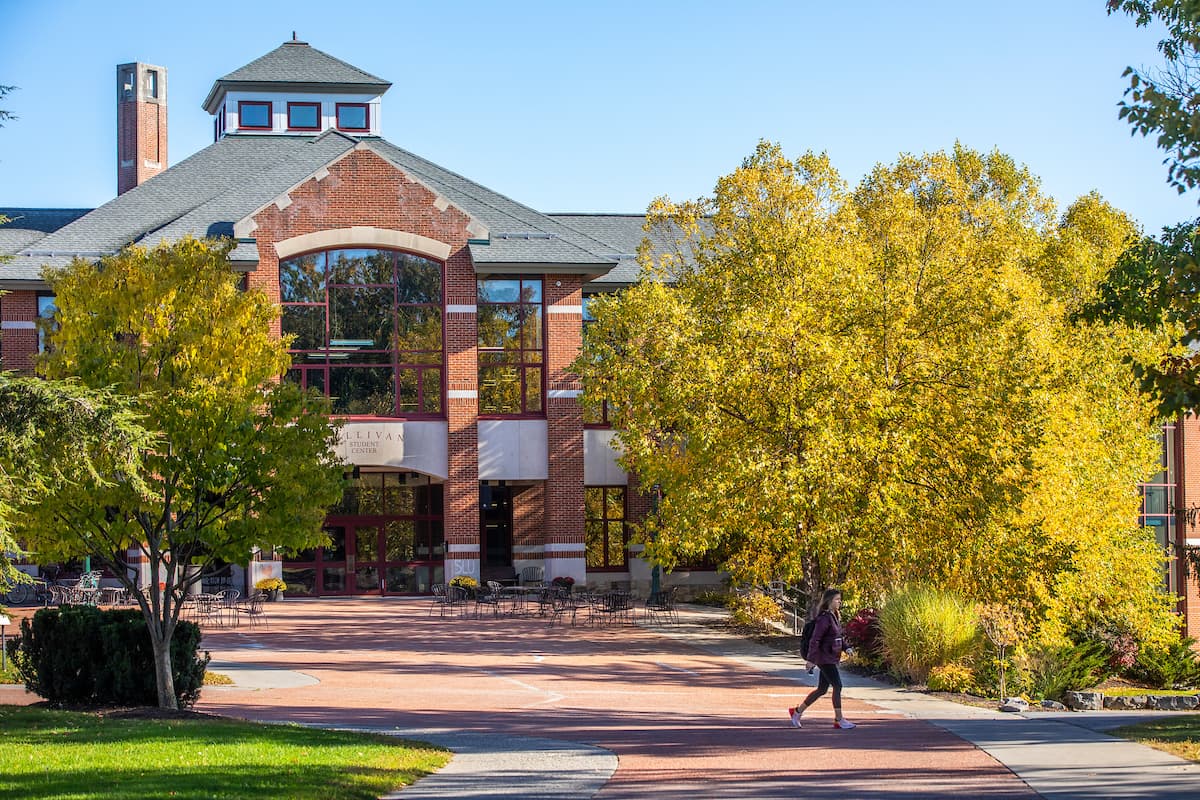By Natalie Copeland
Standing on the wide, clean sidewalk in front of St. Jude Children’s Research Hospital for the first time was certainly impressive. This is the famous hospital where no patient pays a single dollar for his or her care. I had never been to Memphis or even Tennessee for that matter, but I already liked the balmy 55-degree weather, compared to the Canton’s winters in February. The warm sun and the colorful flowers next to the blush-colored hospital had me hooked. While this is my second year as a member of St. Lawrence’s Delta Delta Delta sorority, and therefore, my second year fundraising for St. Jude (Tri Delta’s national philanthropy), I was invited to Memphis with another SLU Tri Delta, Caroline Bailey ‘16, to attend a national convention to celebrate Tri Delta’s new commitment to raise $60 million for St. Jude in the next 10 years. Though, judging from the hospital’s sheer size, it did not appear as though this organization needed so much help. I was quickly proved wrong, and my ignorance became embarrassing.
I knew I was lucky to be able to visit St. Jude Children’s Research Hospital. By the end of my three-day-weekend seminar, my perspective had shifted, and I walked away determined to return to St. Jude someday.
For those of you who do not know about the hospital in Memphis, TN, let me fill you in on some simple facts. St. Jude has increased the survival rates for acute lymphoblastic leukemia (ALL) from four percent before opening in 1962 to ninety-four percent today. They are changing the way the world understands, treats, and defeats childhood cancer. Enthusiastically, St. Jude shares their research with the rest of the medical world. Furthermore, families never receive a bill from the hospital for treatment, travel, housing or food, because all a family should worry about is helping their child live. With that being said, the daily operating cost for St. Jude is $2 million, which is primarily covered by individual donors.
Not only does St. Jude help the world by producing groundbreaking research through maintaining a fierce and passionate vision, but also when visiting the hospital, it is clear that the St. Jude employees help to make each day of each individual patients’ stay just a bit better. From the lively and warm smiles of the staff at the front reception desk, to the persistent positive attitudes of the oncologists, there is something resoundingly special about the type of person that works for St. Jude. The hospital and its employees work to account for every aspect of their patients’ recoveries and regard diet and nutrition as an essential element of recovery. The kitchen staff is eager to cater to each child and family’s specific needs in order to ensure the fastest and safest recuperation possible. The head chef will take your favorite homemade recipe and recreate it ten times over until it is prepared exactly the way you like it. In addition, St. Jude stands out from any other hospital in its design. The walls are painted in an assortment of bright colors and covered in patients’ drawings, poems, and collages, allowing for a homey, cheerful feel rather than the stiff, stark white atmosphere of a typical hospital. As soon as I walked through the revolving front doors, I felt at ease and welcomed at St. Jude.
The hospital’s magnificence was beyond anything I could have imagined, too hard to describe in words really, which is why I have been told many times, and will now say it myself, you have to see the place for yourself.
Most astoundingly were the vibrant, sunny, enthusiastic and very thankful attitudes of the St. Jude family. Throughout our visit at the hospital, each St. Jude employee, patient, or parent we greeted thanked us repeatedly for the work that we, as Deltas, contribute to keeping this hospital running. Many times, I was told that I am a part of the St. Jude family as well, that it does not matter that I do not know the patients and the doctors and nurses, but that my support of the hospital, no matter how small, is appreciated and helpful. Again and again, throughout the entire weekend, we heard thank you. I was amazed by the continuous gratitude showed for us.
The average cost of treating acute lymphoblastic leukemia per patient is $516,154. Again, St. Jude does not bill their patients, so they rely heavily on donations. Especially after visiting the hospital, meeting patients and families, doctors and staff, I now understand Tri Delta’s motivations for meeting their national goal to support this hospital, which is why St. Jude needs the St. Lawrence campus to support the hospital as well. Help us reach our goal of $60 million in 10 years and come to Tri Delta’s Second Annual TriHop Pancake Brunch on Sunday April 19 from 11am – 2pm!



